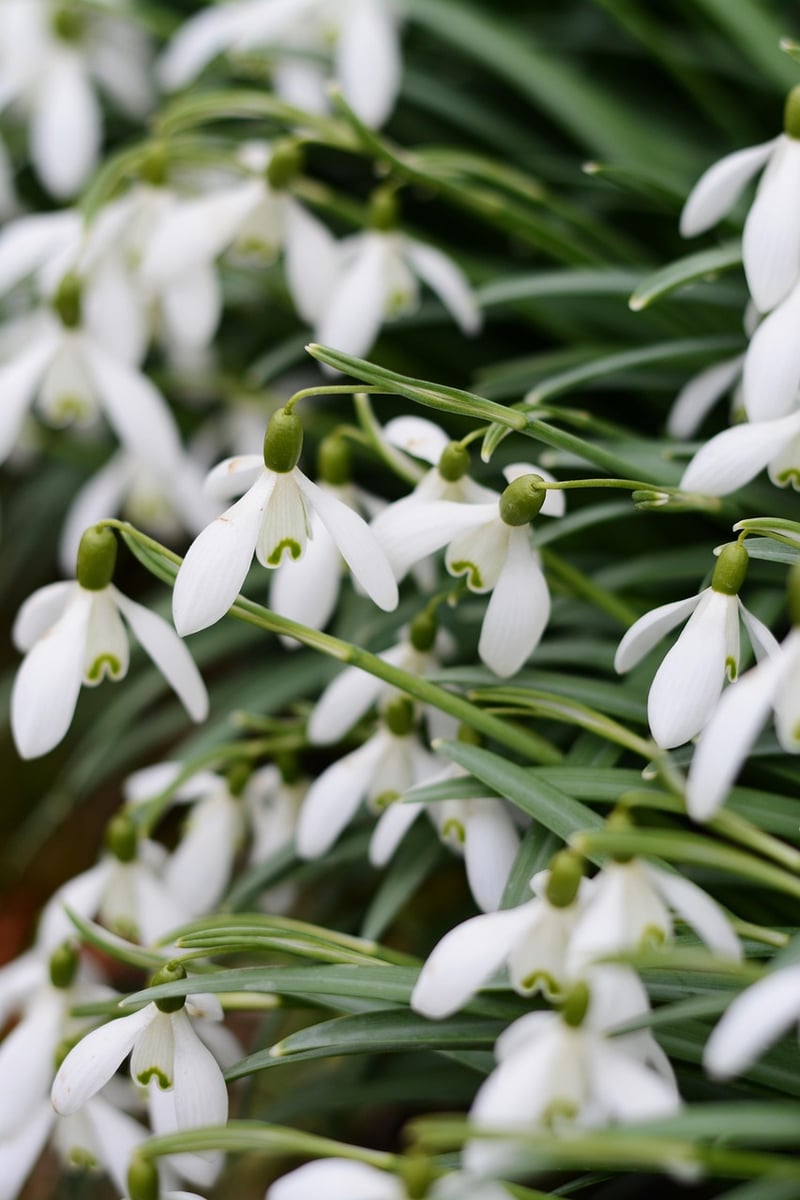Fertilizing Guide
Caring for Vertical Gardens and Fertilizing Guide
Introduction to Vertical Gardens
Vertical gardens are a fantastic way to bring greenery into small spaces and create a lush oasis in your home or office. Whether you have a living wall indoors or outdoors, caring for your vertical garden is essential to ensure its health and beauty.
Caring for Vertical Gardens
Light and Water
Ensure your vertical garden gets enough natural light based on the plant's requirements. Regularly check the moisture level of the soil to avoid overwatering or underwatering.
Pruning and Maintenance
Trim any dead or yellowing leaves to promote new growth. Regularly inspect your vertical garden for pests and diseases, and take appropriate action if needed.
Support and Structure
Check the stability of your vertical garden structure to prevent any accidents. Provide support for trailing or climbing plants to help them grow properly.
Fertilizing Guide
Proper fertilization is crucial for the health and growth of your vertical garden. Here's a simple guide to fertilizing your vertical garden:
Choose the Right Fertilizer
Opt for a balanced liquid fertilizer or a slow-release granular fertilizer suitable for the types of plants in your vertical garden.
Fertilizing Schedule
Follow a regular fertilizing schedule based on the specific needs of your plants. Typically, fertilize every 2-4 weeks during the growing season.
Application Techniques
Apply the fertilizer according to the instructions on the packaging, ensuring you distribute it evenly across the plants in your vertical garden.
Monitor Plant Response
Observe how your plants respond to the fertilization. Adjust the frequency or type of fertilizer if needed based on the plant's health and growth.
Conclusion
By following these care tips and fertilizing guide, you can maintain a thriving vertical garden that adds beauty and tranquility to your space. Remember to enjoy the process of nurturing your green oasis!

For more information on vertical gardening, you can visit The Spruce.
